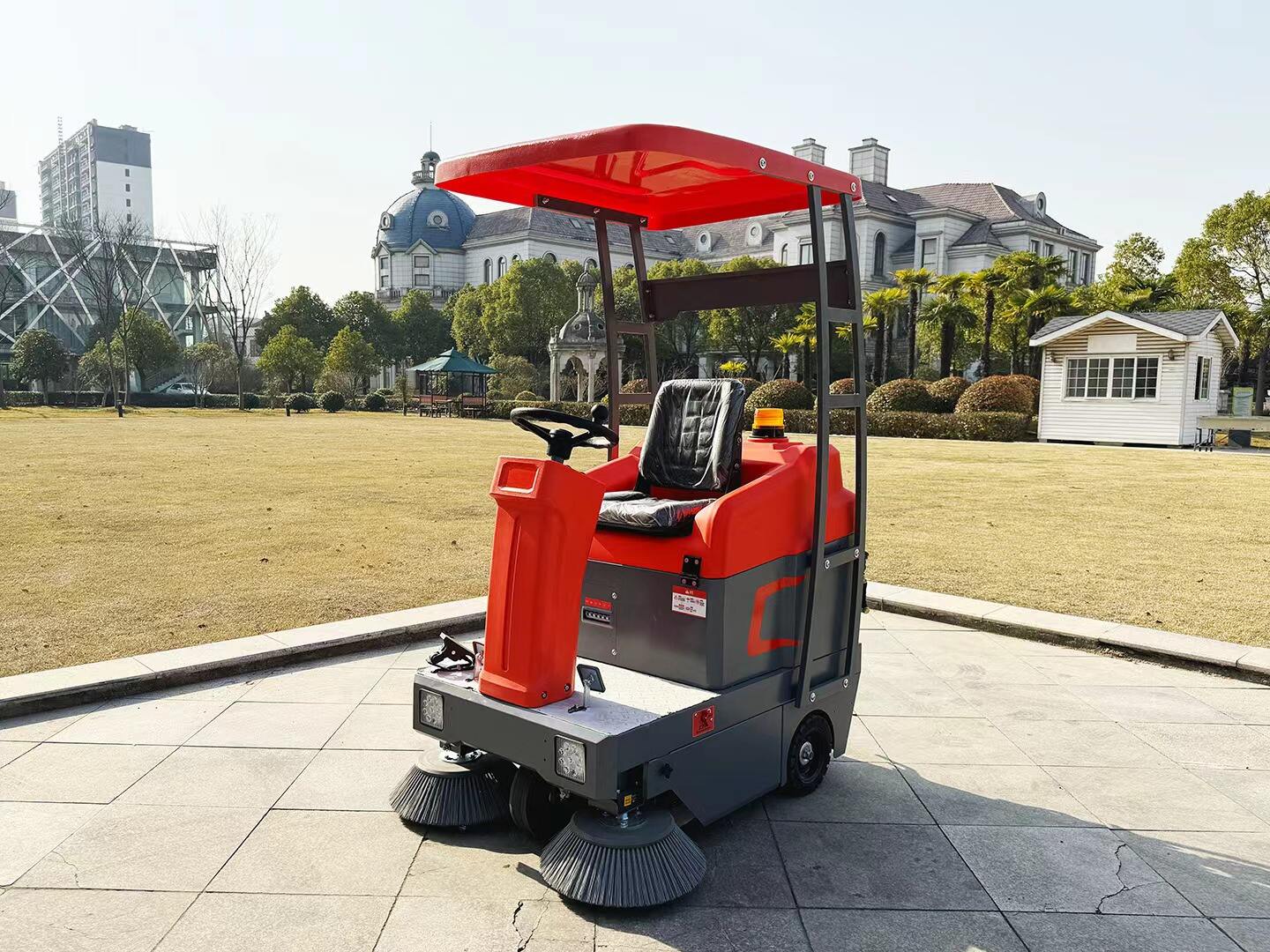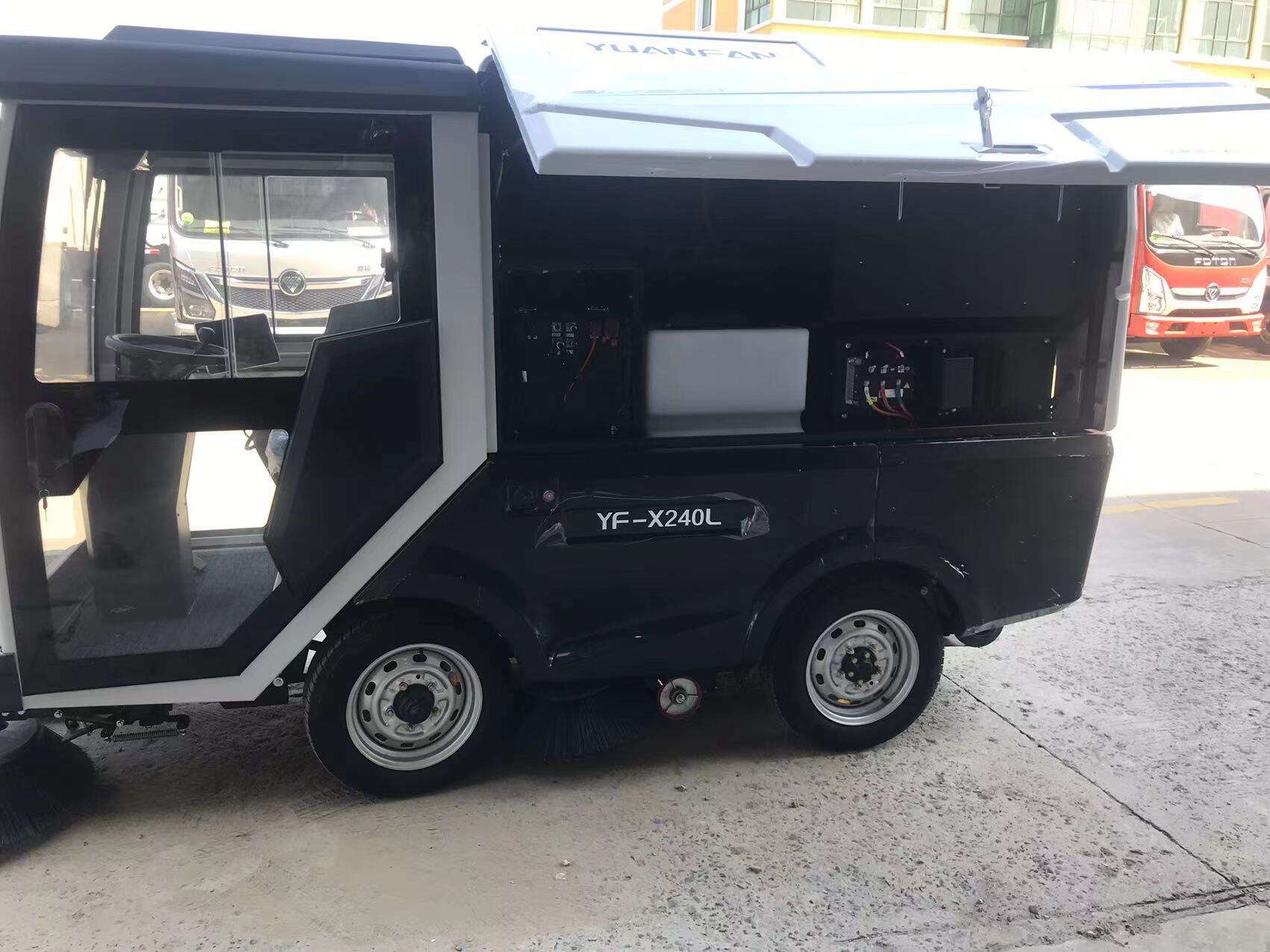industrial sweeping
As a leading industrial floor sweeping machine supplier, we provide comprehensive cleaning solutions for various commercial and industrial environments. Our state-of-the-art machines combine powerful sweeping capabilities with advanced technology to deliver exceptional cleaning results. These machines feature robust construction, incorporating industrial-grade materials and components designed for longevity and reliability. The sweepers utilize innovative dust control systems that effectively capture and contain particles, ensuring a cleaner and healthier working environment. Our machines are equipped with adjustable brush systems that can handle different floor types and debris sizes, from fine dust to larger particles. The ergonomic design prioritizes operator comfort and ease of use, while the intuitive control panel allows for simple operation and maintenance. We offer both walk-behind and ride-on models to accommodate different facility sizes and cleaning requirements. Our machines integrate smart features such as automatic brush pressure adjustment, water recycling systems, and advanced filtration technology. With a focus on sustainability, our sweepers are designed to minimize water and energy consumption while maximizing cleaning efficiency.

